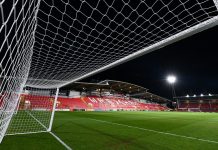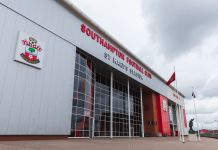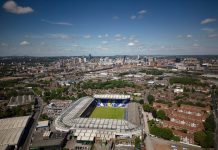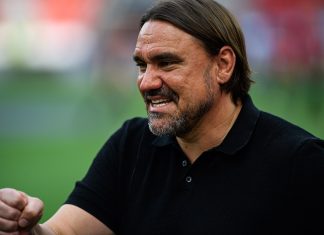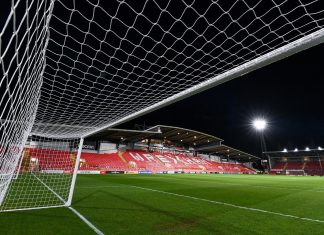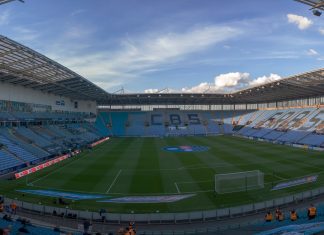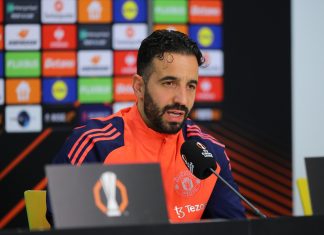After having their club unceremoniously stolen from them by Milton Keynes in 2002, the South West London outfit are rapidly advancing through the football pyramid, and it isn’t likely to be long until they’re up against ‘The Franchise’, the club formerly known as Wimbledon FC.
AFC Wimbledon may have lost to Stevenage earlier today, but whilst the prize of a potential trip to Old Trafford or Anfield may be gone for another season, the Dons have a bigger prize in their sights.
This week I met the club’s Chief Executive Erik Samuelson at the Kingsmeadow stadium they share with fellow non-league outfit Kingstonian. When we sit down to discuss the club, the first topic on the agenda is the inevitable. The Milton Keynes question. What would have happened if the club they refer to as ‘the Franchise’ had beaten Stevenage to face AFC Wimbledon?
“Well I don’t want to play them ever…but I’m not going to get my wish, am I?”
Samuelson recognises that they are going to have to play them eventually and that there is no question they would have fulfilled the FA Cup tie should the two have met today in the competition, but significantly he says he would have wanted them to play at Kingsmeadow, and had the game gone to a replay in Milton Keynes, he would not have made the trip to the game. Another aspect of the potential clash was that it came out of the blue with a couple of weeks notice, whereas if the clubs meet in the league it would be less of a shock and easier to deal with. When they do meet, there is no doubt that it will be more than just a game of football. It will bring out the understandable anger and resentment that came from AFC Wimbledon having their club taken from them, and Samuelson does not feel that beating them would really do justice to what happened to the club.
“Even if we won, I wouldn’t enjoy it. Beating them on the football pitch doesn’t mean you’re better than them. What does it prove?”
Aside from the toxic issue of Milton Keynes, Samuelson recalls the events that lead up to the creation of the new Wimbledon. “I heard it sitting in the back of a cab” he recalls. The formation arose from a meeting in a pub on Wimbledon Common where the original club was formed, where the leading protestors and fans met, one of whom – Marc Jones – suggested that the club had gone through the non-league before, so why not do it again? Along with Kris Steward, Ivor Heller and Trevor Williams, the quartet got together, set up a limited company, went to the FA and set up the groundshare with Kingstonian in the space of 12 days.
For a brief time the fans contemplated whether it may be possible to buy their club from its Norwegian owners should it go into administration. However, the infamous FA Commission that opined that the setting up of a new Wimbledon ‘would not be in the wider interests of football’ ruled that they could move to Milton Keynes Dons, leaving the fans with little choice but to set up on their own and save their club the hard way.
Samuelson wrote a business plan for a non-league club, and the Wimbledon Independent Supporters Association eventually decided to start afresh in the lower leagues. They selected a manager, Terry Eames, and much has been made of the club’s trials on Wimbledon Common, but Samuelson points out that only two players were recruited there (including the captain). Out of the ashes of the heartache that saw their club taken from them, the new AFC Wimbledon were ready to begin life again at the bottom of the pyramid.
Tomorrow, the second half of this feature charts the rise of AFC Wimbledon through the non-league pyramid, to the top of the Blue Square Premier League where they currently sit, and looks to the future for what the coming years could bring for the South West London side.
